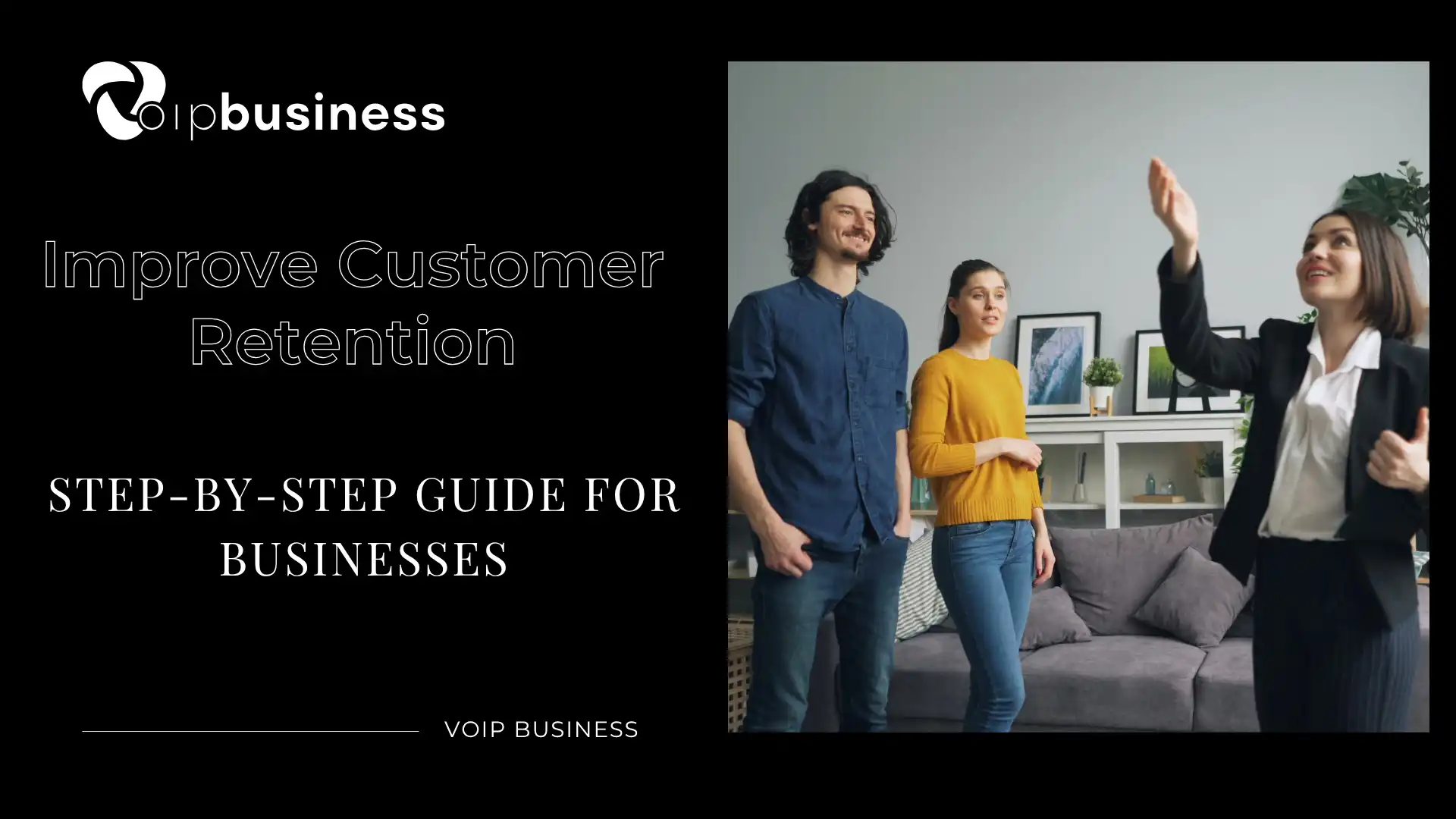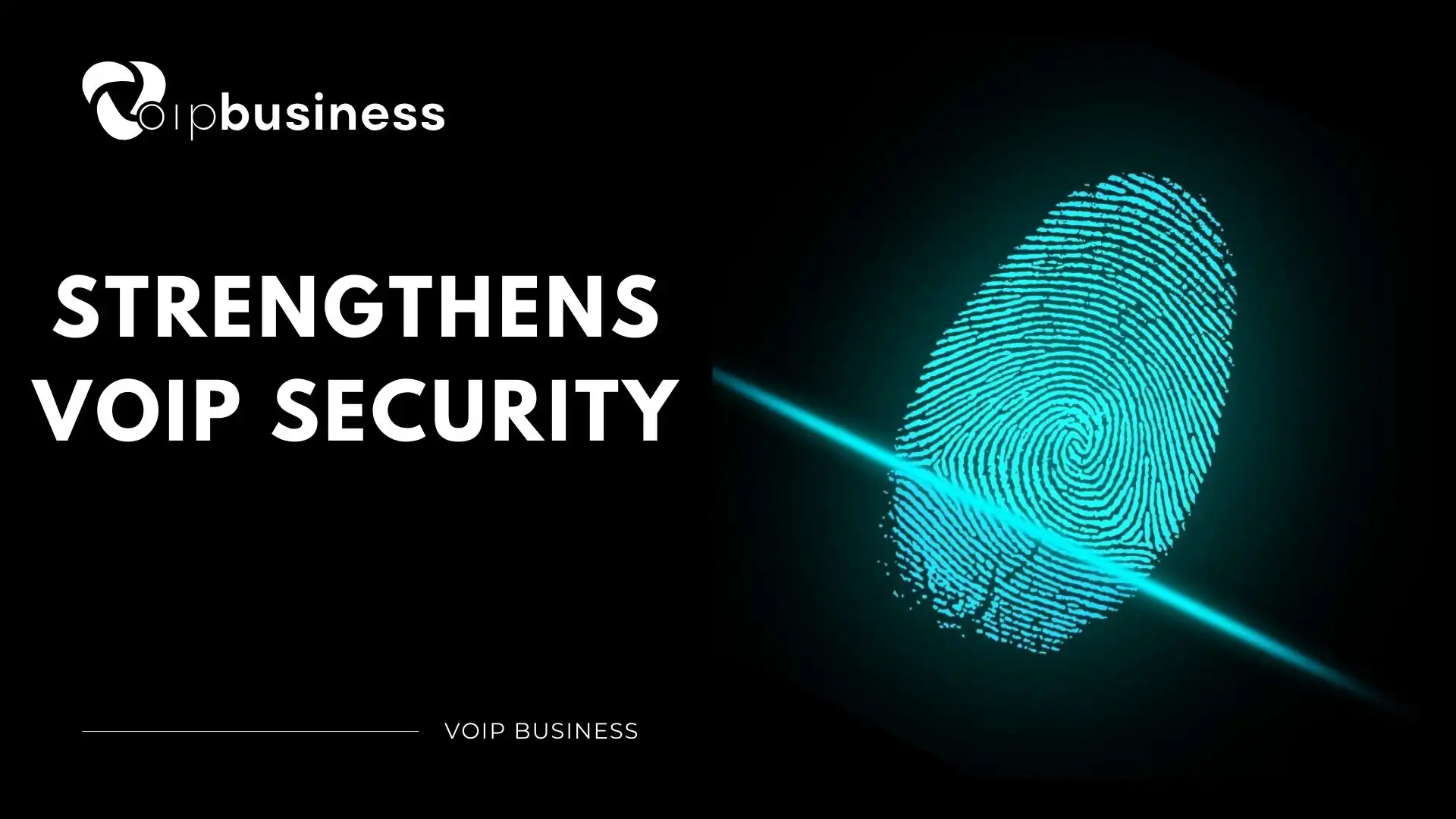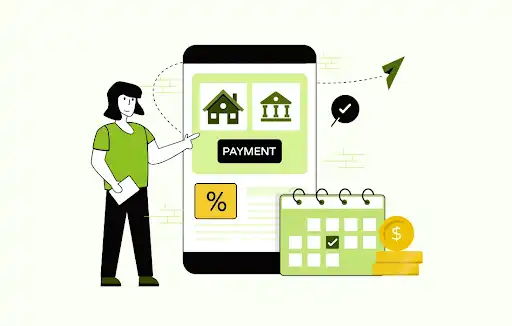Nothing is better than working hard to get new customers and it worked out. And nothing is more disappointing than seeing them go in just a few months and all the time your competitors have held on to their customers.
The key to retaining customers is the ability to ensure that the current customers do not stop coming back. Although the procurement of new customers is a thrilling phase, the success can be measured in the long run by how you utilize the existing customer relationships. Companies strive to gain the attention of customers via marketing, social media and selling tactics, it but only behaves logical to invest in keeping them, too. This is because an excellent retention strategy needs a combination of excellent customer facing experiences with an excellent customer experience to enhance the bond between a buyer and your brand.
This detailed blog will discuss what is customer retention, its benefits, how to calculate it and strategies to improve it.
What is Customer Retention?
Customer retention is everything to retain an existing customer to come back and get involved again. Rather than merely concentrating on securing new clients, the retention programs focus on developing a good relationship that would help to create a loyal customer who would generate recurring income.
It is not merely a matter of keeping the customers off, but of continually providing them with customer service experiences that will make them desire to remain. That is an ongoing provision of value by providing great customer service and making each contact build trust.
Significance of Customer Retention in Businesses
Retaining customers is beneficial to businesses since it is more comfortable to maintain high profits through making customers become recurring consumer.
Retention rates of the customers may show that your product and the quality of the service are more than the customer expected–and the lifeblood of most subscription and service-based companies. That being said, it can act as a number of advantages to your business regardless of the business industry:
i. Increased Cost Savings
Retaining customers is cheaper than using money to buy first-time customers. Customers who are returning spend more when they come back, and this covers up customer acquisition costs (CAC).
ii. Better Bottom Line
Cross-selling or pitching upgrades to customers that already have them is a great idea to get an extra revenue out of your business. It is also not difficult as compared to converting new customers since previous customers have experience with your product and have confidence in your company.
iii. Increased Loyalty By Customers
A customer who has confidence in your product will not be attracted to other competitors. And better still, happy customers are also the most effective brand promoters, who create an interest in your business at no cost through their word-of-mouth testimonials.
Sales and marketing activities are valuable but your business will actually prosper once you focus on retaining customers.
How to Improve Customer Retention?
Customer service retention is achieved by enhancing the customer experience. These are strategies that can help you develop a winning CX and retain your customers.
i. Provide Omnichannel Services to Meet Customers at their Sites
Omnichannel support, and by proxy omnichannel customer service, is a great service to use in retaining customers. It enables agents to get contextual information about customers on multiple platforms to create very personal experiences.
Besides the possibility to implement conversational selling and support approaches, it also provides a superior CX to customers. The ability of businesses to provide omnichannel services makes customers able to communicate with an individual on the platform of their preference and find quicker solutions.
ii. Timely Respond to Customer Queries
Rapid initial responses may lead to an increased level of customer satisfaction. It is worth responding to the customer as soon as possible even though you might not be able to sell the ticket for whatever reason.
The fast response can be a response in the form of a short message that informs the customer about the fact that you have received their question. Or even better give an estimate on how the time it will take to solve their problem. When the customers can understand that you are actively working on the solution, they are more likely to wait; this is what preliminary time frame expectations achieve.
iii. Individualize Support Contacts
The frustration that customers experience in being asked about a certain issue several times; and tiresome, repetitive customer conversations increase the turnover of customers.
Provide agents with customer service software with the functionalities that they require to find customer information with ease, see the history of conversations and the simplification of conversations.
iv. Incentivize Loyalty
Reward loyal customers to your company and boost their retention. When you make customers feel that you are grateful to them because you are doing business with them, they will have another reason that they will not leave.
You could consider offering to purchase your business some customer goodwill by offering:
- Loyalty programs
- Discount codes
- Special offers
- VIP events
- Early-access benefits
The loyalty programs may be of different forms, such as tier-based or points-based rewards. Such incentives help to capture detailed information about customers that can help your company deliver more personalized experiences and messages.
v. Offer a Referral Program
Referral programs have the dual entry of helping to increase customer retention and assist in acquisition. The effectiveness of this word-of-mouth marketing approach is that it generates new leads that already have trust in your business, as suggested by someone you have trust.
It also builds goodwill with the already existing customers who will be offered extra perks when shopping with you and promoting your brand. There are some incentives that are popular such as:
- Cash
- Free merch or products
- Store credit
This provision of incentives will be beneficial to your company as it will make customers continue to come back, the social proof will also be beneficial as the customers will be loyal to your business, which will be a competitive advantage.
vi. Make the Employees Have a Good Experience
Employees who are happy tend to give high-quality services and build relationships that are long term with their clientele which enhances customer retention. The encouragement to form relationships can go far in establishing trust between the staff, and as a result, the customers would be easier to make stay with you even when something goes wrong.
By building a good working atmosphere, it is also possible to decrease the turnover rates and enhance the experience of employees. This is very beneficial to business since the more time your employees remain, the more informed and sensitive to the problems of the customers they will be.
vii. Get Customer Feedback Frequently
Feedback on customers is among the most useful tools to boost retention of customers and decrease churn rates. In case you want to know what is and is not working with your customers, it is always better to hear it out of the customer’s mouth.
Difference Between Customer Retention Rate and Customer Churn Rate
Customer retention rate should not be misunderstood as customer turnover/churn rate, but they are closely related. Actually, they are two sides of a coin.
Whereas CRR of your business informs you of the duration of time your business has a customer, turnover/churn rate informs you of the rate at which your business loses its customers. That is, it informs you of how quick you lose them.
One of the strategies that can be employed to minimize churn is to understand the areas of pain, respond to customer complaints, and make continuous improvements to products or services.
Further examination of both CRR and turnover/churn rate can assist you in developing methods that would promote long term relationships and customer loyalty.
How to Calculate Your Customer Retention Rate of Customers?
In order to compute the customer retention rate, find out the net customer loss by deducting new customers from the ending customer count. This net loss should then be divided by the original number of customers to determine the percentage of customers retained. Then the last thing is to divide this percentage by 100 to obtain the percentage of the customer retention rate.
An example is that, the company had 100 customers at the beginning of the period (S), and 100 customers at the end of the period (E), and an increase of ten customers in the period (N). The retention rate of the customers in the organization is 90 percent: [(100-10)/100)100 = 90].
As an example, to determine your retention rate last quarter you would do the following steps:
- Begin with the number of customers at the end of the period (E): When retention is being measured to the quarter, E is the number of customers at the end of the quarter.
- Minus the increase in the number of new customers during the period (N): Keeping in mind, you do not want new customers to obstruct your data, so E minus all of the customers that you acquired last year.
- Divide the figure by the initial number of customers (S): In this instance, S would be the number of customers on the first day of the previous quarter.
- Divide by 100: The figure is a percentage.
Effective Customer Retention Indicators
Customer retention is not just about keeping a track of a single figure. Through these measures of interest, you are able to detect the trends and streamline your retention methods improve the retention rates.
i. Customer turnover/churn rate
The turnover or churn rate is a measure of the percentage of individuals who cease doing business with you after a certain duration of time. The existence of a high churn rate is an indicator of possible problems in customer satisfaction and involvement.
ii. Customer lifetime value
Customer lifetime value (CLV) is the estimation of the amount of revenue that you will receive by having a customer as a customer of the company. Increased CLV reflects an increased duration and expenditure of customers.
iii. Purchase frequency
The measure is used to indicate the number of times that clients revisit and/or buy within a specified time interval. The increased level of purchase means more interaction and retention.
iv. Average order value
Average order value (AOV) is used to learn about spending habits and optimise the use of pricing or promotion to realise maximum revenue from the retained customer.
In Conclusion – Improve Customer Retention
There is no more potent or scalable strategy in terms of maintaining customers than a branded online community. An effective designed community not only saves on support expenses. It provides your customers with the platform to ask questions, share experiences, seek answers, and connect in the real sense with your brand and other customers. This feeling of belonging is what makes casual users become lifetime supporters.
What is better is that the retained customers not only purchase more, but also act as brand evangelists and refer new customers to your brand via word of mouth. An effective retention plan will make loyal customers loyal.
FAQs – Improve Customer Retention
Q1. What is customer retention in short words?
Customer retention refers to the way customers are maintained and retained by the business to remain active and purchase the products and services provided. It is the opposite of customer churn that shows how many customers a business loses.
Q2. Can you give an example of customer retention?
Customer retention can include the aspects of establishing a loyalty program where customers are rewarded to maintain business with them e.g. by giving them points in the purchases they make and redeeming the points to get a discount or a free product.
Q3. Why is the retention of customers important?
Retention of customers is important because it is less expensive and easier to retain the customers than to gain new customers. Retaining customers is not only a sure way to generate a continuous stream of revenue but also an improvement in lifetime value of a particular customer.
Q4. What are the 3 R’s of retention of customers?
One of the three Rs of customer loyalty is retention. Retention, reputation and referrals are the three R of customer loyalty.
Q5. What does a customer retention programme mean?
A customer retention programme is a form of structured approach that aims at generating repeat business. It may involve customer loyalty schemes, special offers, one-to-one communications, customer care and other schemes that result in long-term relationships.
Read More : What is Call Avoidance? Causes & How to Identify



